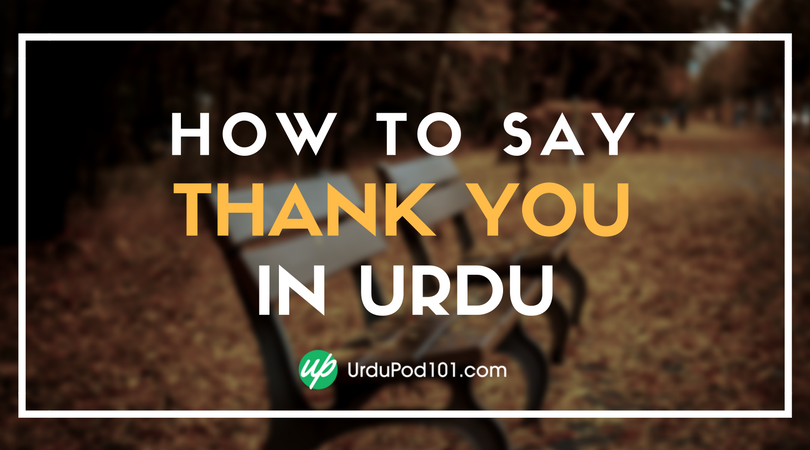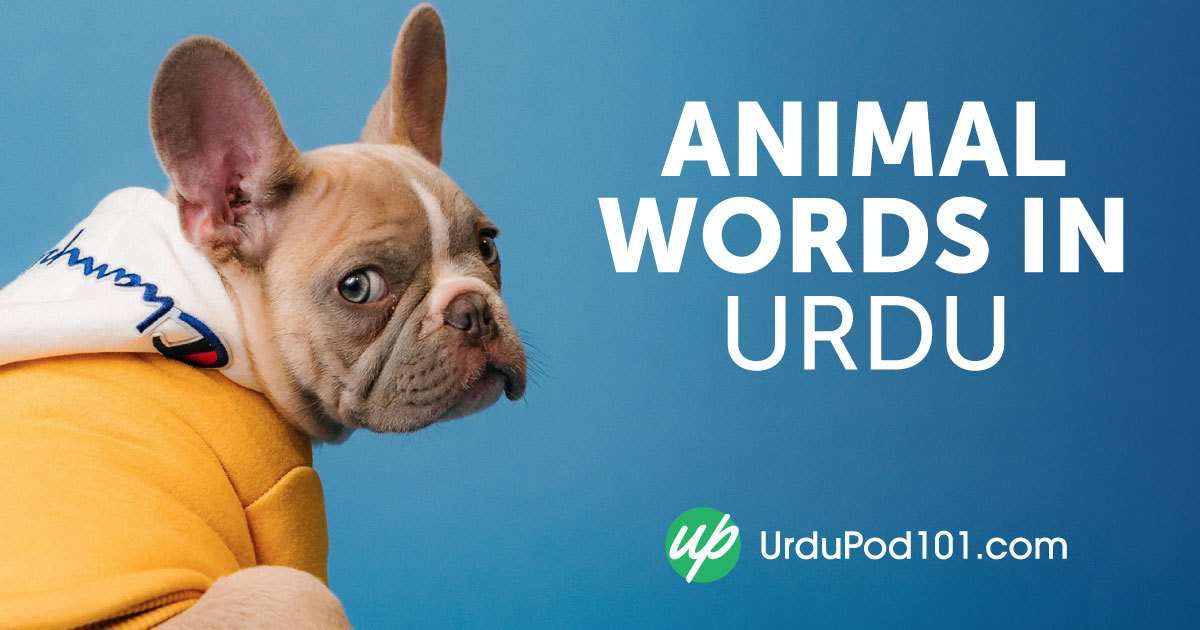
“We have more to learn from animals than animals have to learn from us.” (Anthony Douglas William)
Animals make up a large part of our lives, don’t they? This is especially true for those who have pets at home or raise livestock for a living.
While we may have a lot to learn from animals, there’s something else that you should learn: animal names in Urdu! As an Urdu learner, you’ll certainly benefit from memorizing these words early on. Animals are an essential component of everyday life and they often come up in conversations, which means that knowing the relevant vocabulary will help you more easily converse with native speakers.
In this article, we’ll provide you with a list of animals in Urdu as well as several other useful words and expressions. While we couldn’t possibly list the name of every animal, the terms included here will serve as a strong foundation for your Urdu animal vocabulary.
Let’s get started!
 Table of Contents
Table of Contents
- At Home (Pets)
- On the Farm (Farm Animals)
- In the Wild / Forest / Safari (Land Animals)
- In the Ocean (Aquatic / Marine Animals)
- Bugs and Insects
- Birds, Reptiles & Amphibians
- Animal Body Parts
- Animal-Related Idioms and Slang Expressions
- Conclusion
1. At Home (Pets)
Our first set of animal names in Urdu are those for pets. These words are especially important to learn, as Pakistanis are true animal lovers. We not only keep housepets for our own enjoyment, but we also domesticate and raise certain animals according to our needs.
As you go through the following list of pet animals in Urdu, you may find your curiosity growing stronger due to the exotic sounds in their names!
- کتّا (kutta) – “dog”
- بِلّی (billi) – “cat”
- خرگوش (khargosh) – “rabbit”
- طوطا (tota) – “parrot”
- تیتر (teetar) – “partridge”
- کبوتر (kabooter) – “pigeon”
- بکری (bakri) – “goat”
- خچر (khachar) – “mule”
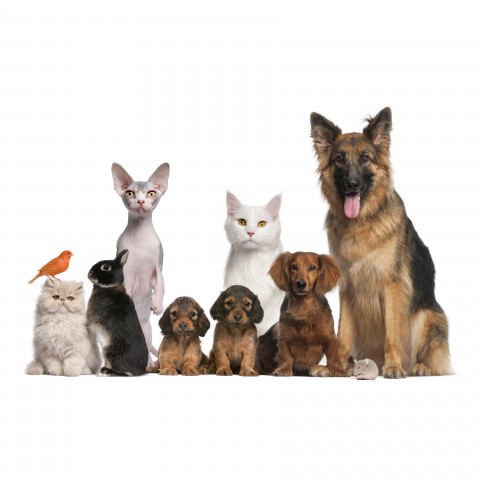
2. On the Farm (Farm Animals)
Animal farming is just as popular in Pakistan as in any other country, and Pakistanis breed and raise a variety of animals at the domestic and commercial levels. Below, you’ll find a list of some common Pakistani farm animals in Urdu:
- گائے (gaye) – “cow”
- بھینس (bhains) – “buffalo”
- گھوڑا (ghora) – “horse”
- مُرغی (murghi) – “hen”
- بطخ (battakh) – “duck”
- شترمرغ (shuter murgh) – “ostrich”
- بھیڑ (bhair) – “sheep”
- گدھا (gadha) – “donkey”

3. In the Wild / Forest / Safari (Land Animals)
Pakistan has a reasonably vast forest range, wherein a variety of wild animal species live in their natural habitat and contribute to the diversity of Pakistan’s wildlife. Let’s see the names of some not-to-miss wild animals in Urdu:
- شیر (shair) – “lion”
- چیتا (cheetah) – “leopard”
- بھیڑیا (bhairia) – “wolf”
- ہرن (hiran) – “deer”
- ریچھ (reech) – “bear”
- ہاتھی (hathi) – “elephant”
- زرافہ (zarafah) – “giraffe”
- کینگرو (kangroo) – “kangaroo”
- بندر (bandar) – “monkey”
- لومڑی (lomri) – “fox”
- مارخور (markhor) – “ibex”
Fun fact: The مارخور (markhor), or “ibex,” is the national animal of Pakistan.
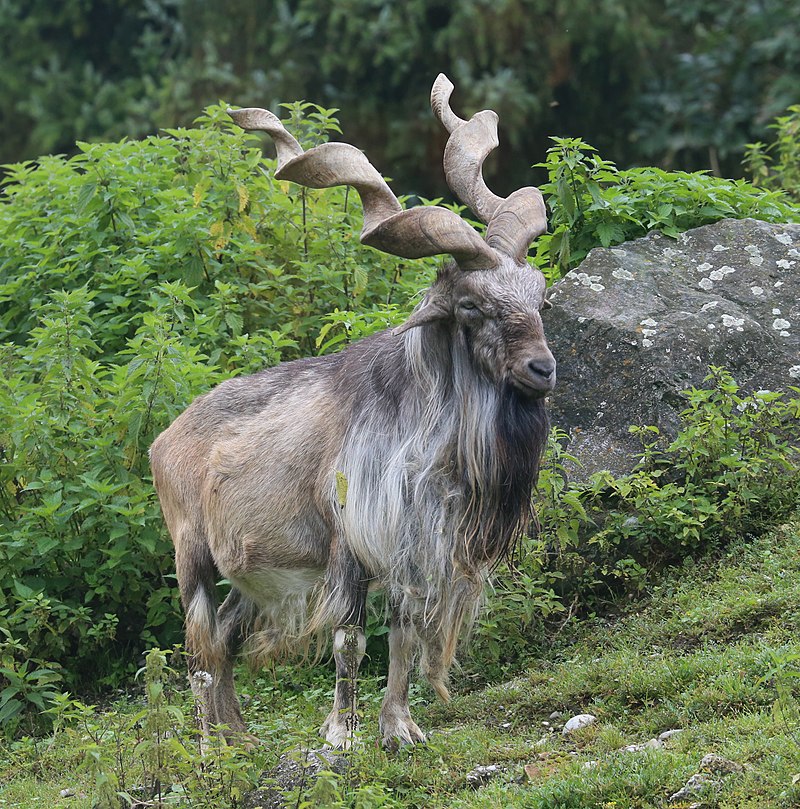
4. In the Ocean (Aquatic / Marine Animals)
Although Pakistani people are not large consumers of seafood, our country’s water channels are full of sea animals. And we by no means hate seafood! Fried fish is one of the greatest delicacies in Pakistan, especially during the winter. Here are the names of common sea animals in Urdu:
- مچھلی (machli) – “fish”
- جھینگا (jheenga) – “lobster”
- کیکڑا (kekra) – “crab”
- صدفہ (sadfah) – “oyster”
- آکٹوپس (octopus) – “octopus”
- شارک (shark) – “shark”
- وہیل (whale) – “whale”
- ڈولفن (dolfin) – “dolphin”
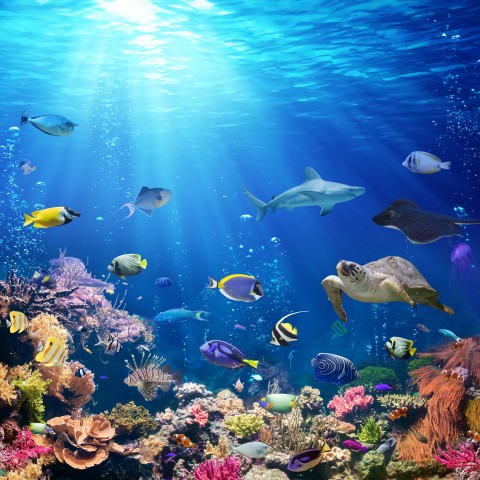
5. Bugs and Insects
Now it’s time to explore a category that, for one reason or another, tends to repel the general population. Yes, we’re going to talk about bugs and insects! While we could never come close to listing all the reasons people dislike these creatures, what we can do is give you the rather exotic names of bugs and insects in Urdu.
- مکھی (makkhi) – “fly”
- مچھر (macchar) – “mosquito”
- مکڑی (makri) – “spider”
- شہد کی مکھی (shehad ki makhi) – “bee”
- چیونٹی (chiyoonti) – “ant”
- تِتلی (titli) – “butterfly”
- پروانہ (parwananh) – “moth”
- لال بیگ (laal baig) – “cockroach”

6. Birds, Reptiles & Amphibians
Birds, reptiles, and amphibians make up a significant portion of any country’s fauna—it could never be complete without these fascinating animals. Pakistan is blessed with a broad range of birds, reptiles, and amphibians, so you’ll greatly benefit from learning their names in Urdu!
- کوّا (kawwa) – “crow”
- باز (baaz) – “hawk”
- عقاب (uqaab) – “eagle”
- فاختہ (fakhtah) – “dove”
- اُلو (ullu) – “owl”
- بگلا (bagla) – “seagull”
- چڑیا (chirya) – “sparrow”
- مور (more) – “peacock”
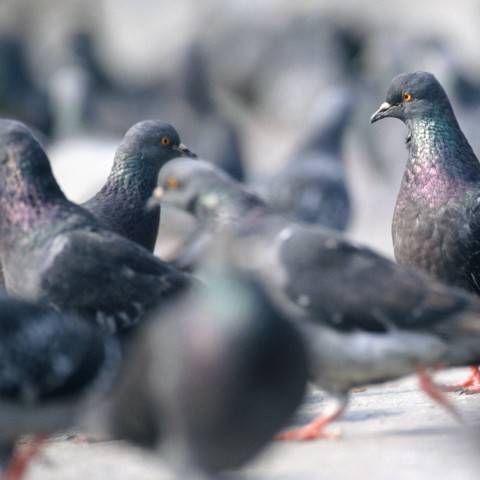
- چھپکلی (chipkili) – “lizard”
- مینڈک (maindak) – “frog”
- مگرمچھ (magarmach) – “crocodile”
- کچھوا (kachwa) – “turtle”
- سانپ (sanp) – “snake”
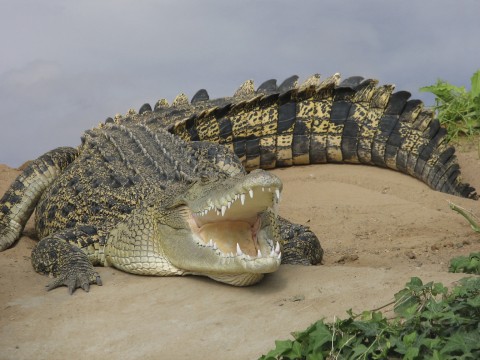
7. Animal Body Parts
Now that you’re familiar with the names of animals in Urdu, it’s time to learn what we call their body parts. Knowing this set of vocabulary will help you better describe the animals you come across and liven up your animal-related conversations with native Urdu speakers.
- دانت (daant) – “teeth”
- بال (baal) – “hair”
- دُم (dum) – “tail”
- ناخن (nakhun) – “nail”
- پنجہ (panjah) – “paw”
- کھر (khur) – “hoof”
- سینگ (seeng) – “horn”
- کھال (khaal) – “skin”
- پر (par) – “feather” / “wing”
- چونچ (chonch) – “beak”
- سونڈ (soond) – “trunk”
- نتھنے (nathnay) – “nostrils”
8. Animal-Related Idioms and Slang Expressions
Like most other languages, Urdu has its share of animal-related idioms and slang expressions. Though they’re not used too frequently, knowing them will help you better understand native speakers and enrich your own speech.
گھر کی مُرغی دال برابر (ghar ki murghi daal barabar)
Literally: The home-cooked chicken is equal to pulse.
Meaning: This expression refers to a situation where someone prefers something inferior that he does not have over a superior thing he does have. In other words, it speaks of not appreciating what we have.
اب پچھتاوے کیا ہوت جب چڑیاں چُگ گئیں کھیت (ab pachtaye kia hot jab chiryan chug gayain khait)
Literally: Now the repentance is of what use when the sparrows have eaten the grains from the field?
Meaning: This expression is equivalent to the English phrase, “It’s no use crying over spilled milk.”
دھوبی کا کتا نہ گھر کا نہ گھاٹ کا (dhobi ka kutta na ghar ka na ghaat ka)
Literally: The dog of Washman neither belongs to home nor to the laundry.
Meaning: This phrase means the same thing as the English proverb, “A rolling stone gathers no moss.”
مگرمچھ کے آنسو بہانا (magar mach kay aansoo bahana)
Literally: To shed crocodile’s tears
Meaning: This expression refers to a situation where someone pretends to cry, especially when he or she does not feel actual remorse or sadness.
مینڈکی کو زکام ہوا (maindaki ko zukaam hua)
Literally: A female frog caught flu
Meaning: This expression is used when someone is talking of something impossible. Since frogs live in water, they can’t catch the flu. We use this phrase to embarrass someone when they’re telling an unbelievable story of something that happened to them.
آ بیل مجھے مار (aa bail mujhay maar)
Literally: Come on ox, hit me.
Meaning: This Urdu expression is used when someone is willingly inviting trouble, such as when risking their money, honor, life, or another valuable thing due to stupidity.
کچھوے کی چال چلنا (kachway ki chaal chalna)
Literally: To walk the speed of the tortoise
Meaning: In Pakistan, the tortoise is considered symbolic of a slow pace. This expression refers to something that is happening slowly, such as the development of a project or another type of advancement.
سانپ بھی مر جائے اور لاٹھی بھی نہ ٹوٹے (Sanp bhi mar jaye or laathi bhi na tootay)
Literally: The snake gets killed, but the stick does not break.
Meaning: We use this expression when we want to get rid of a situation without getting hurt.
بڈھی گھوڑی لال لگام (buddhi ghori laal lagaam)
Literally: The old mare with the red reigns
Meaning: This expression is used to taunt an aged female who still loves to wear gaudy dresses and tends to use heavy makeup. Keep in mind that, in Pakistani culture, old women are expected to show a great deal of sobriety and simplicity.
ہاتھی کے دانت کھانے کے اور دکھانے کے اور (hathi kay dant khanay kay aur dikhanay kay aur)
Literally: Eating and showing ivory
Meaning: The literal translation means that an elephant has one set of “teeth” it shows the world (its tusks, or ivory) and different teeth for eating. The expression is similar in meaning to the English saying, “All that glitters is not gold.” It also refers to an ironic situation in which a huge difference exists between appearance and reality.
9. Conclusion
In this article, you learned…
- …the names of animals in Urdu.
- …essential vocabulary words for animal body parts.
- …several Urdu idioms and expressions related to animals.
Are there any popular animal names missing from our list? If so, let us know in the comments—we’ll get back to you at the earliest!
If you would like to continue learning Urdu, create your free lifetime account on UrduPod101.com today! We are a rich repository of Urdu language learning resources for students at every level. You’ll enjoy studying Urdu using our variety of video and audio lessons, free vocabulary lists, pronunciation and grammar guides, and so much more.
Very Happy Urdu Learning!



